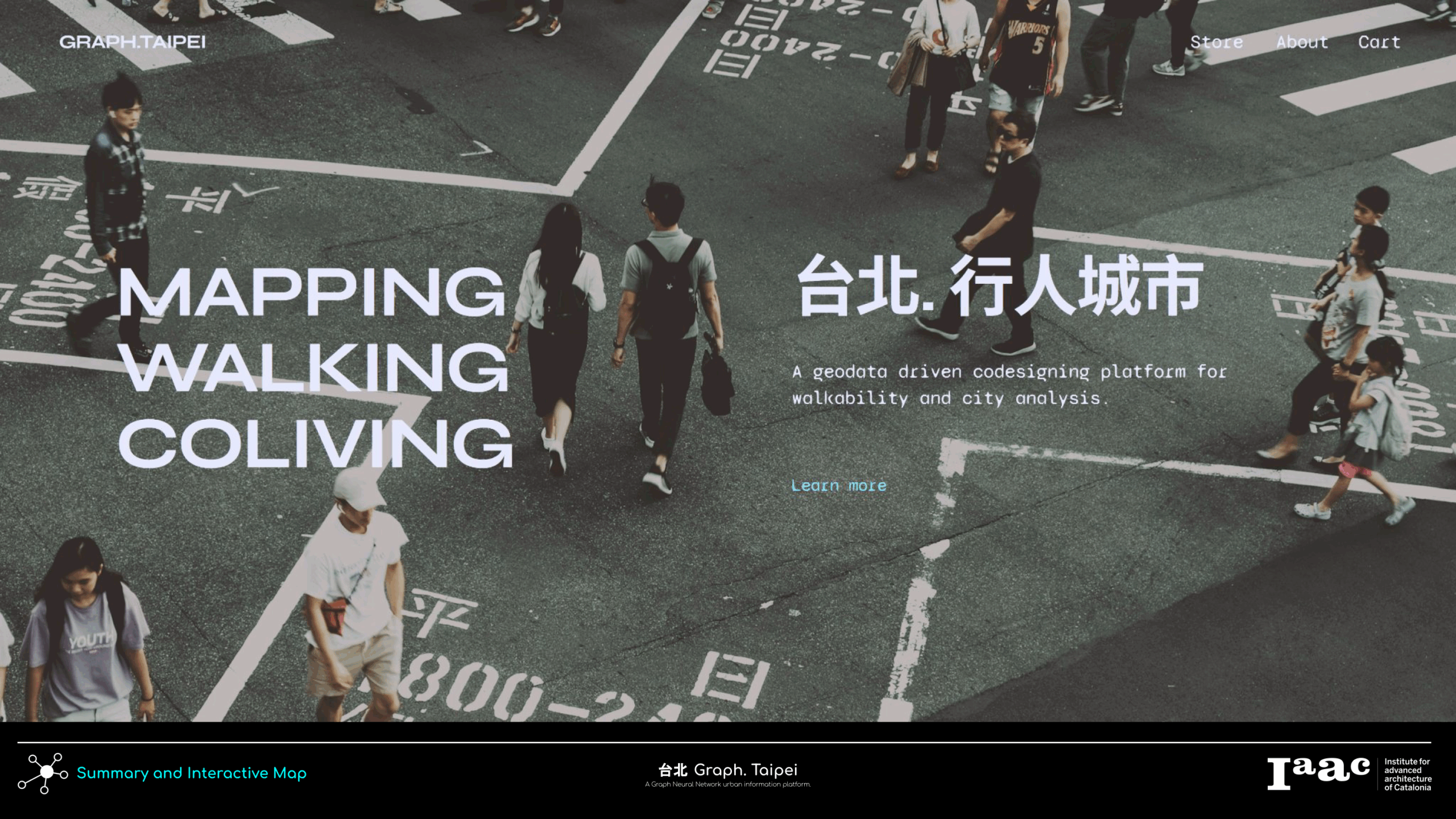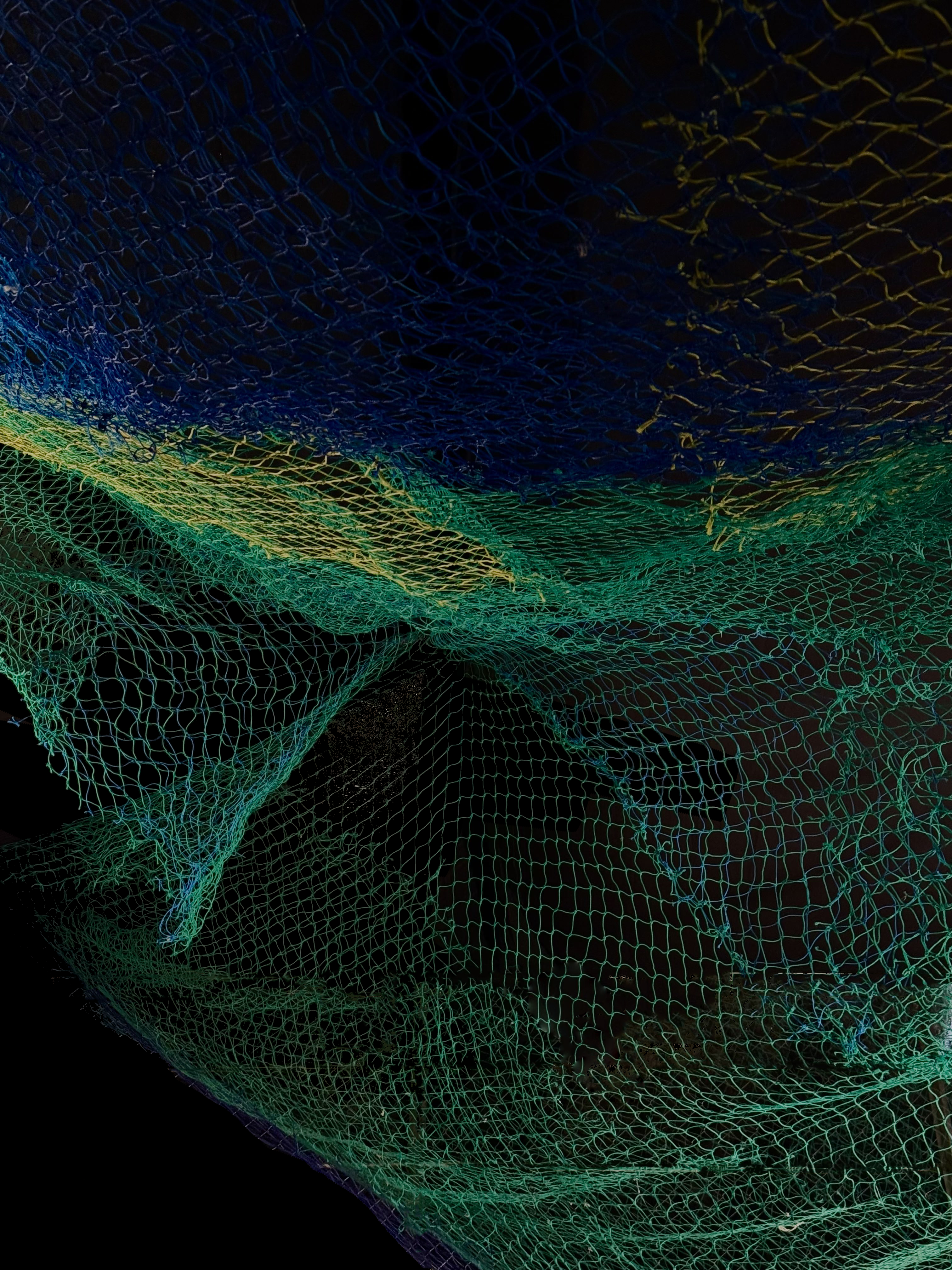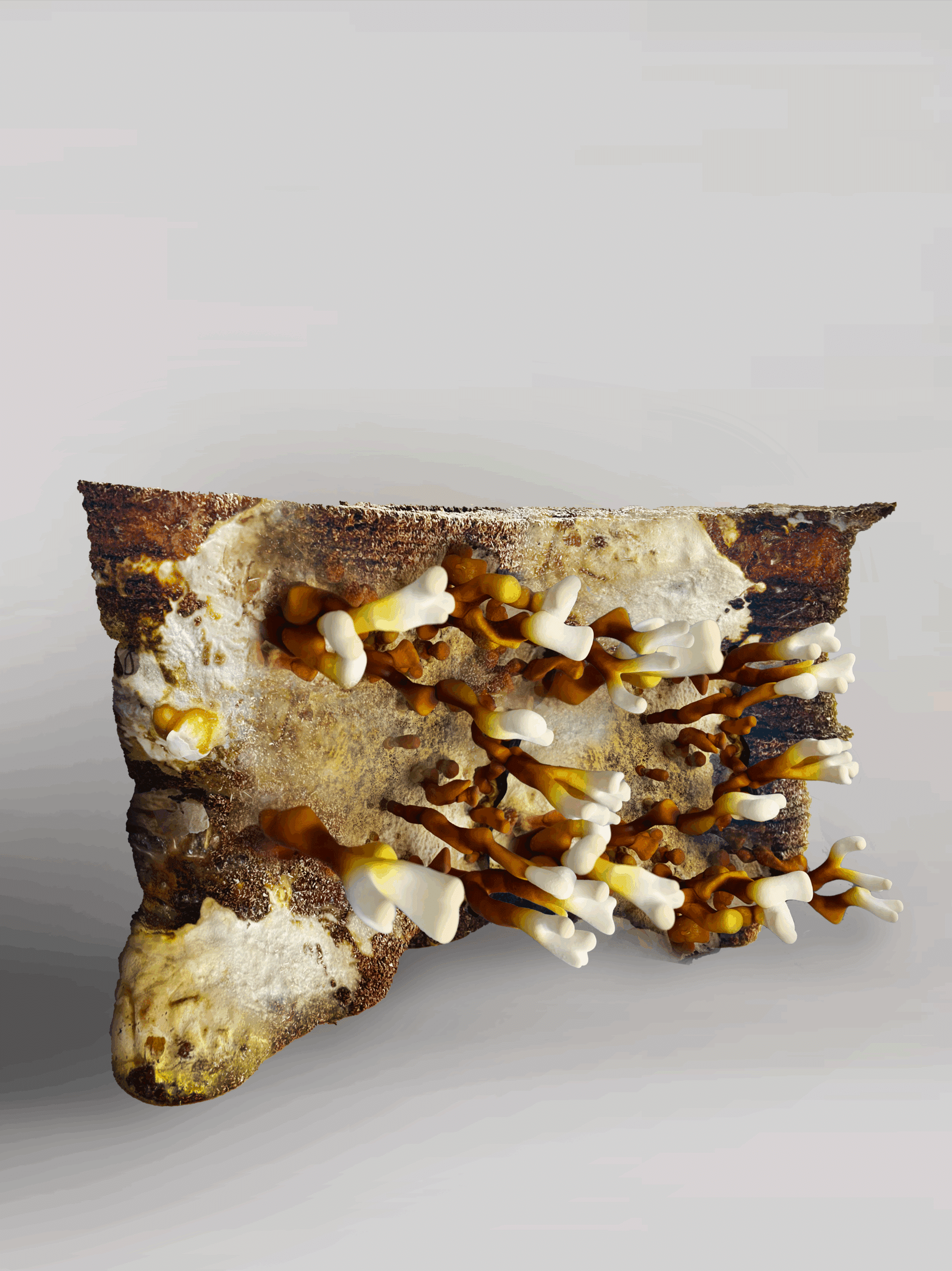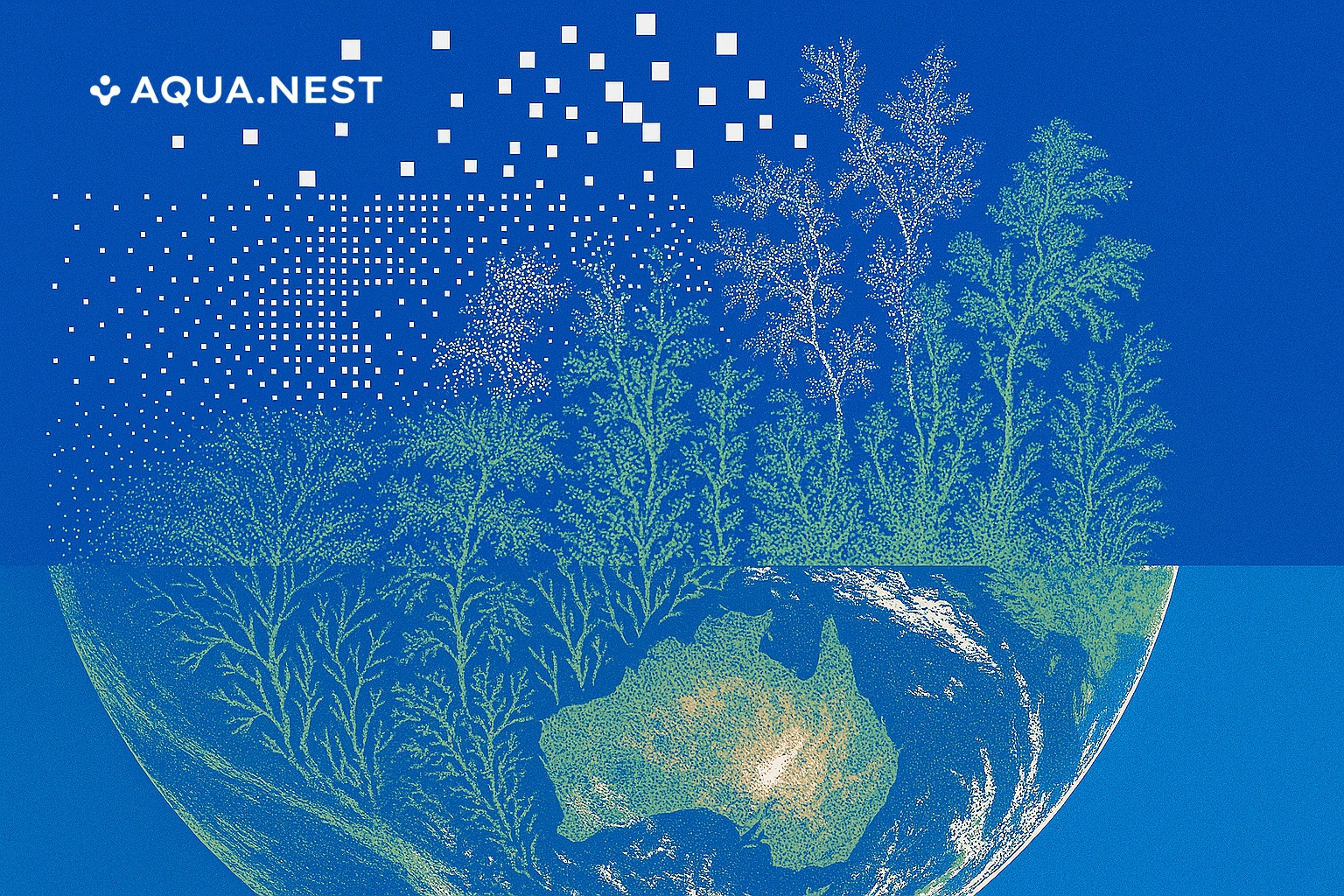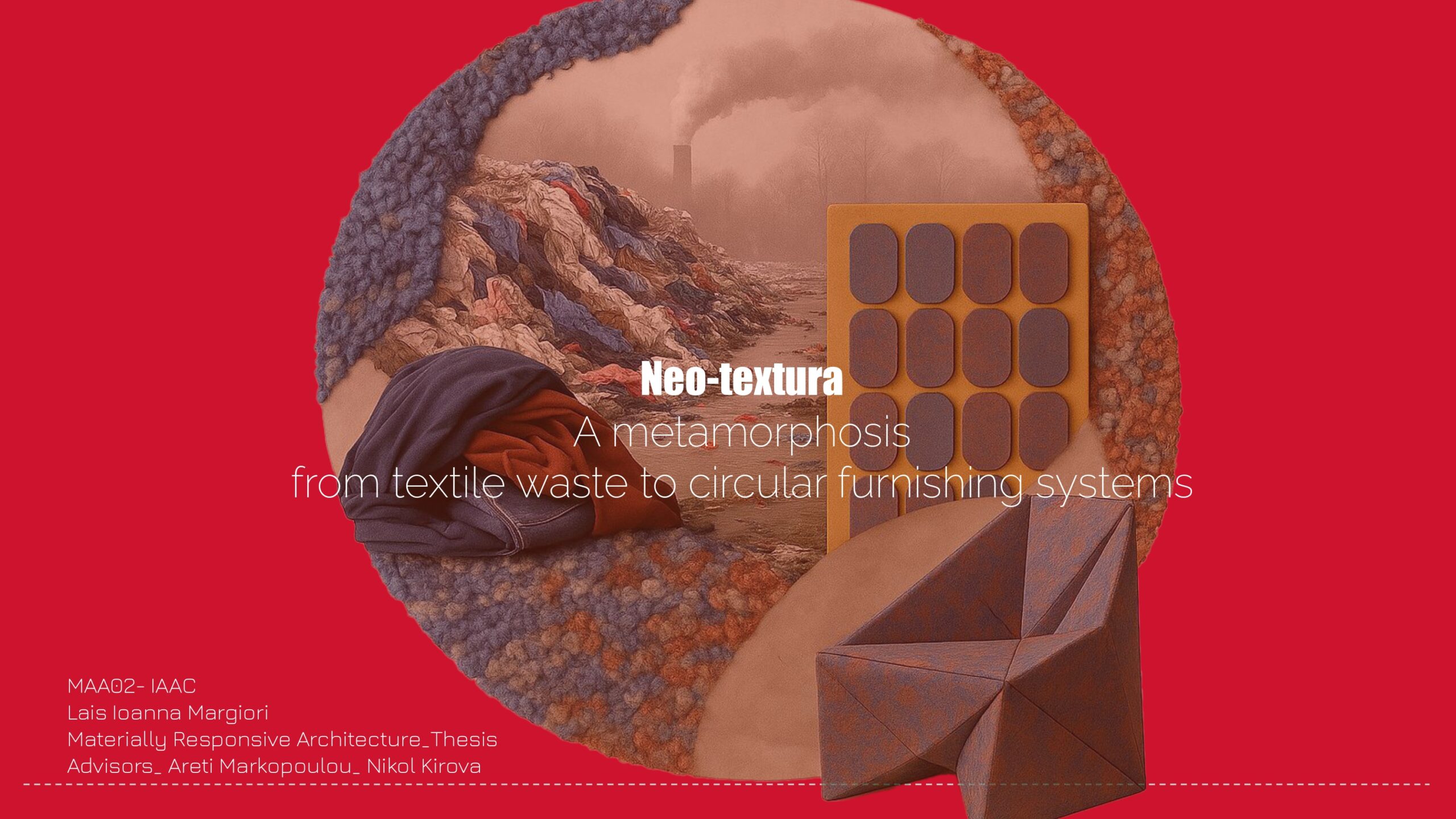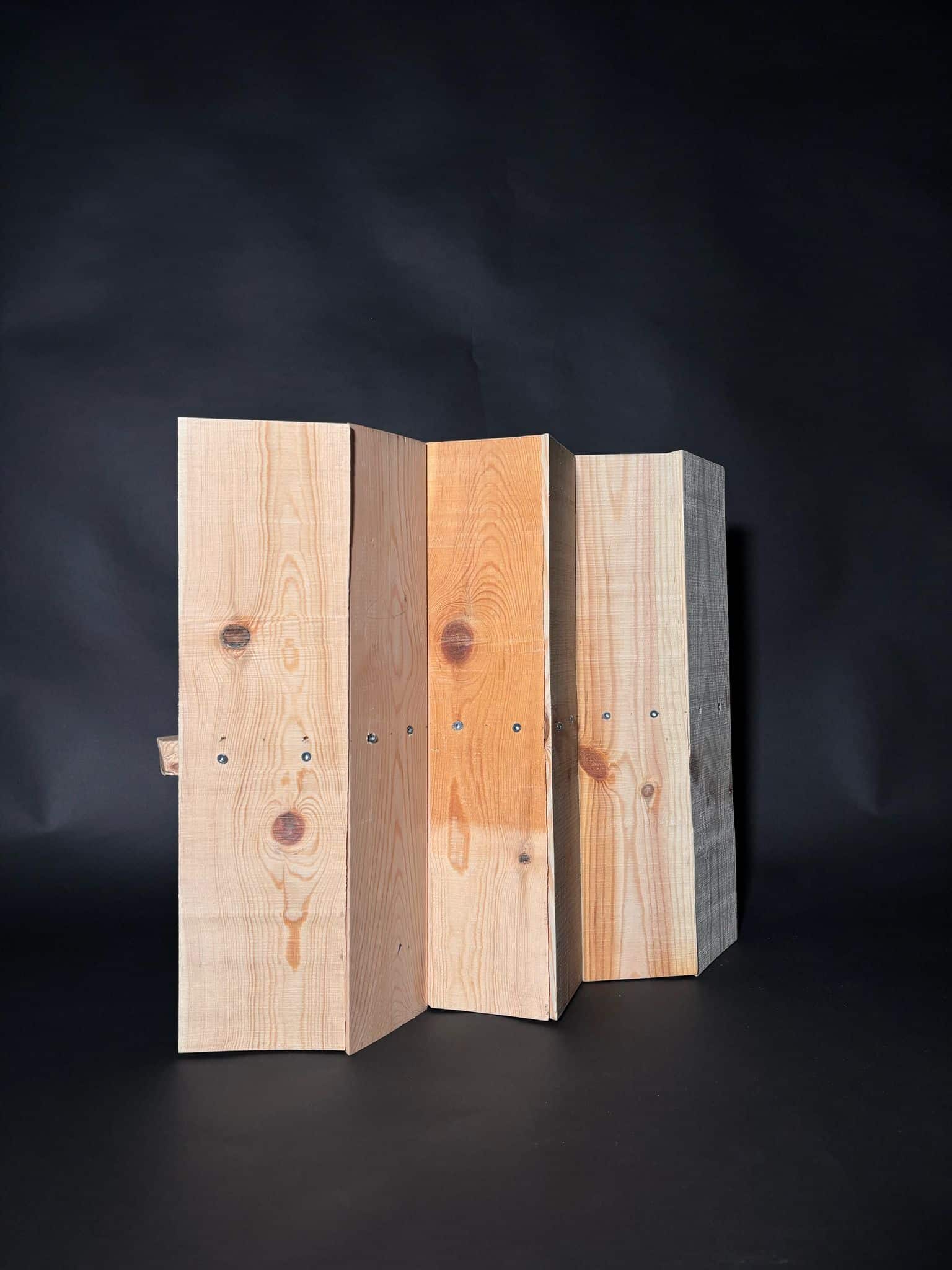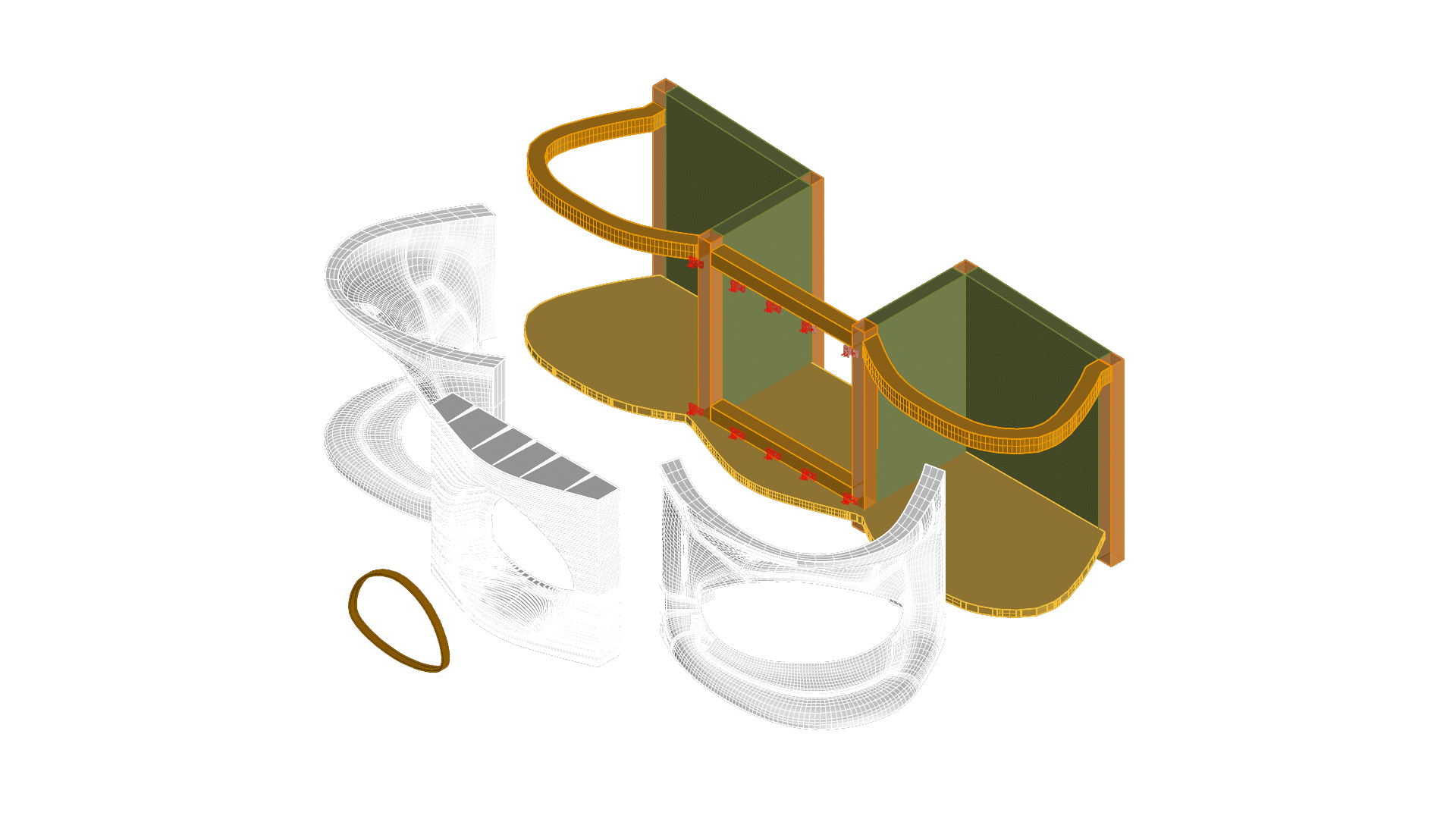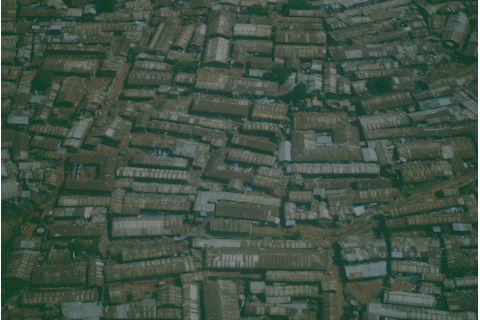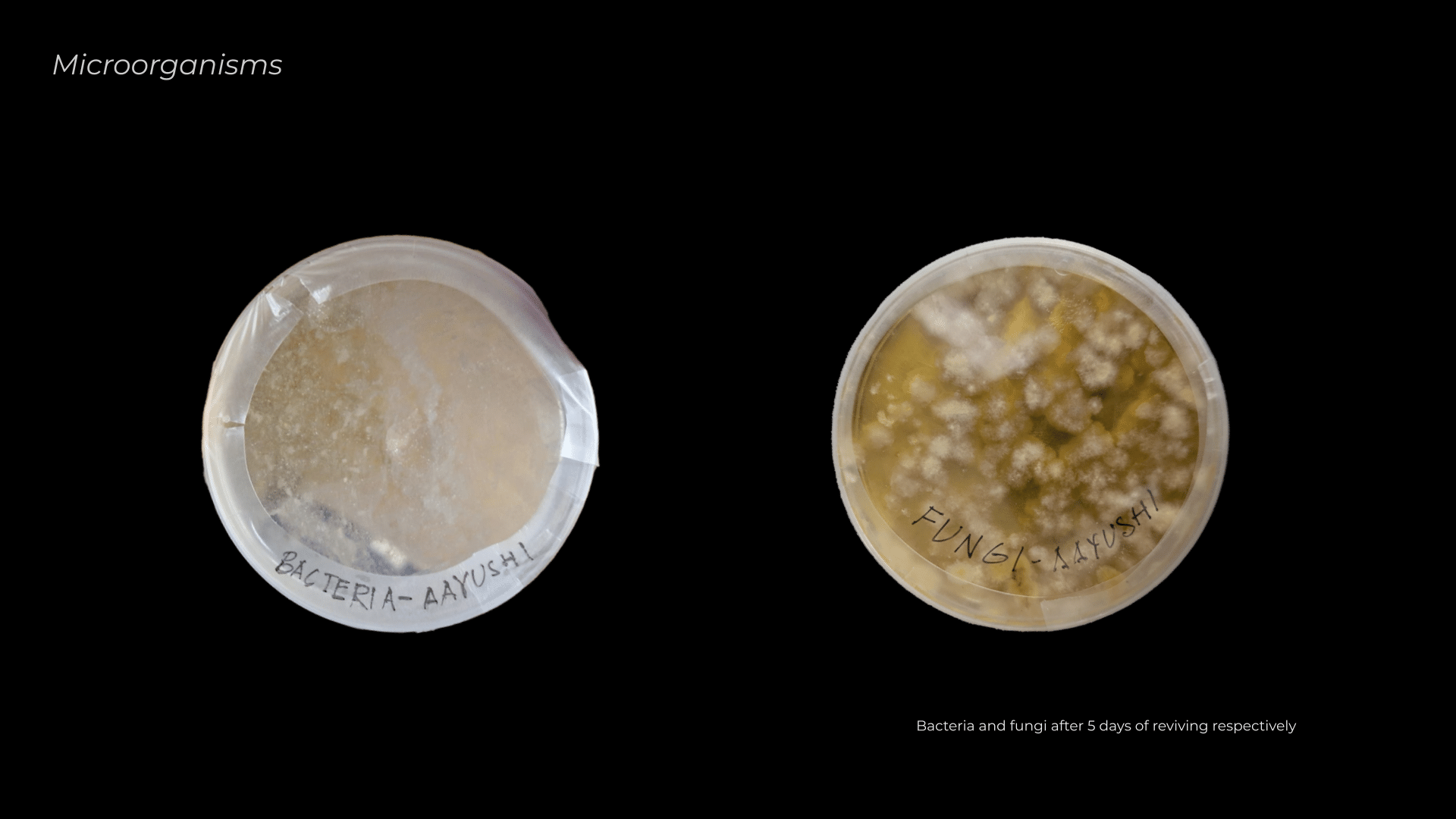Graph. Taipei 台北
Graph. Taipei is a Graph Neural Networks (GNN) based platform that allows users to exam the walkability of the city. Research Question As the capital of Taiwan, Taipei holds around 2 million residents and is considered as a developed modern city. However, poor street design and car-centric city layout, it is also known as a … Read more

